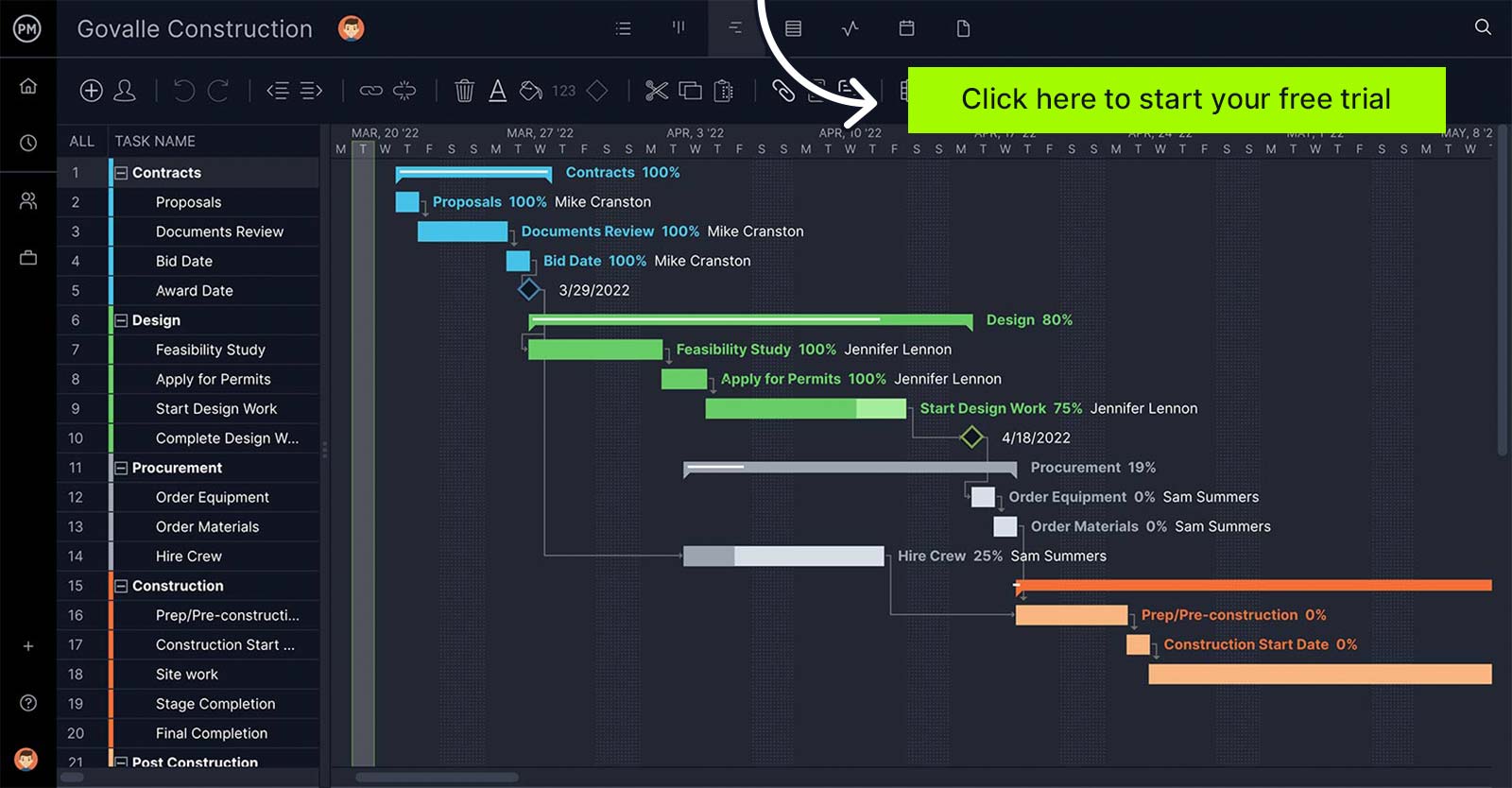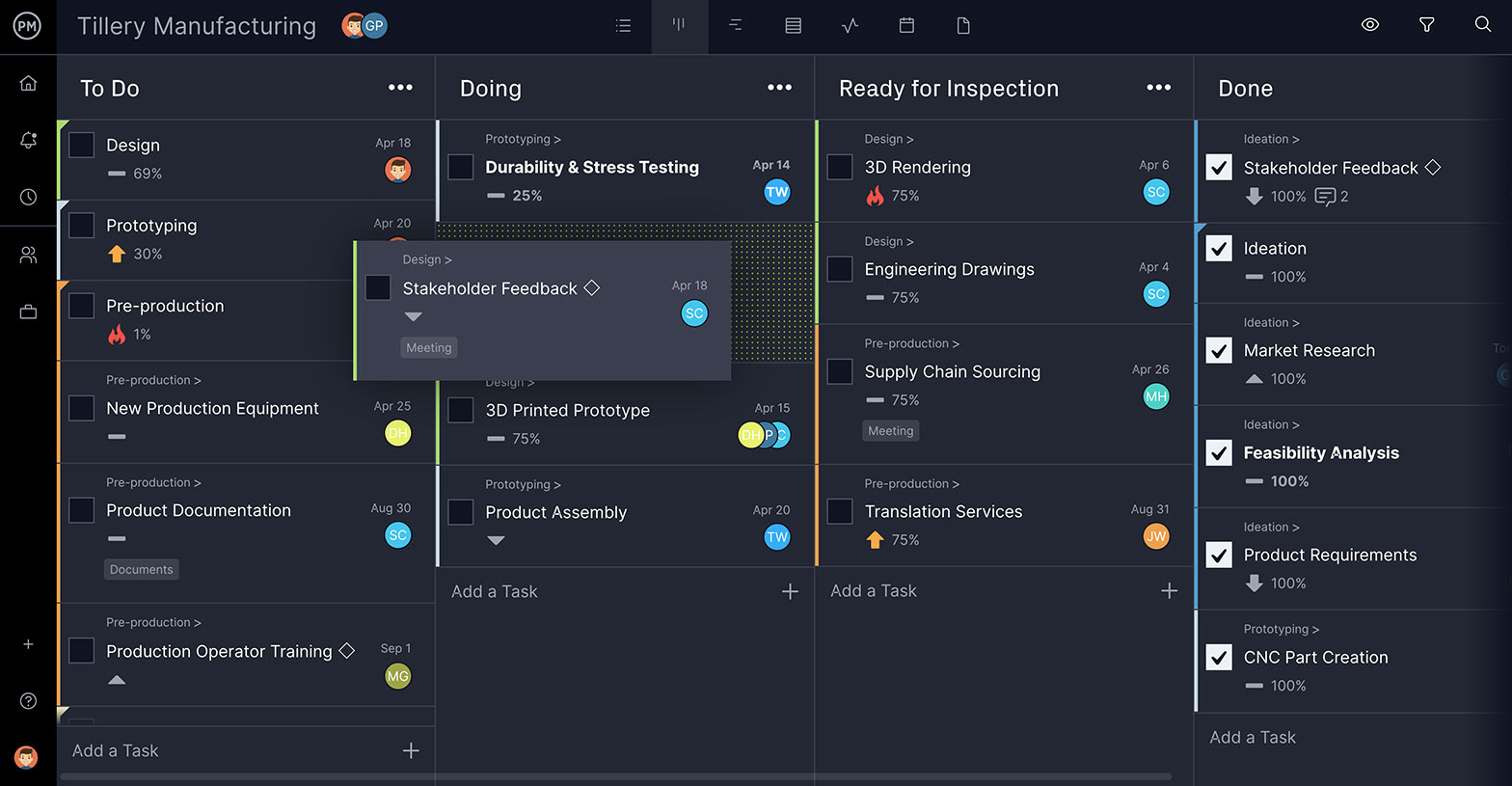What are you going to put on your product roadmap? It’s not an easy question. Which product gets the green light? What features need priority? The RICE framework provides a scoring model for product managers when prioritizing roadmaps.
RICE is an acronym that stands for reach, impact, confidence and effort. Read on to learn how these words can help with product management and determine what are the pros and cons of using a RICE framework for prioritization.
What Is the RICE Framework?
The RICE framework is a scoring method used by product managers to prioritize what’s placed on a product roadmap. This can include products, features and other initiatives. RICE stands for reach, impact, confidence and effort, and these four factors help determine what gets priority.
Having a method by which to prioritize is crucial to building a product roadmap. The RICE model helps product managers know what to work on first from the list of opportunities for improvement and feedback received from customers.
The RICE framework helps you look at each factor of a product idea objectively and balance costs and benefits. This is a relatively new method developed by messaging software maker Intercom. They developed this scoring method to help make consistent decisions across different ideas.
Once you’ve decided what goes on your product roadmap, you need project management software to build and manage that roadmap. ProjectManager is project management software that helps you plan, schedule and track your product roadmap. Use the Gantt chart to see the products and features scheduled from start to finish in one place. You also get metrics such as planned effort, actual effort and more to keep your product on track. Get started with ProjectManager today for free!

What Is a RICE Score?
A RICE score is a numeric value that helps product development teams better understand what product features have the highest priority level and should be delivered first. The RICE score of a product feature is calculated using three key elements; the RICE scoring model, RICE formula and RICE matrix.
The higher the RICE score, the better the relationship between the potential value of a product feature and its required effort.
RICE Scoring Model
We’ve explained what the RICE framework is, but how does it work? The first step is understanding the four factors that are used to score priority. Let’s go a bit deeper into each aspect of the RICE scoring model.
Reach
In RICE analysis, reach means how many people you think your product or feature will reach over a given timeframe. That time period can be a month, quarter or year. Once you have a timeframe defined, you need to determine how many customers you’ll get over that period including customer transactions, free-trial signups, how many users will try the new features, etc. To score the reach portion of the RICE framework, simply use the number you expect to reach. If you plan on 100 new users, then your reach score is 100.
Impact
Impact helps you set a quantitative goal. In other words, what is your goal, conversions, new customers, brand loyalty, etc.? This metric is more difficult to measure because the “why” a customer makes a decision is hard to discern from mere data. That’s why there’s a five-tiered scoring system of impact.
- Massive impact: 3
- High impact: 2
- Medium impact: 1
- Low impact: .5
- Minimal impact: .25
You can add these up and get a rough idea of the impact in a quantitative number.
Confidence
You don’t want to get the product team excited about a product or feature that’s not well-thought-out. The confidence factor helps you support projects that have an impact and the data to back it up. Confidence is measured in a percentage.
- High confidence: 100 percent
- Medium confidence: 80 percent
- Low confidence: 50 percent
You want to be brutally honest in your assessment or you’ll suffer the consequences later on. This helps you ensure the impact of the product or feature is based on data. If your confidence is less than 50 percent, the success of the product or feature is going to be a long shot.
Effort
How much effort will the initiative require? This is measured by person-months which is the amount of work that one team member can accomplish within a month. This has to be a rough estimate as it’s impossible to define the time and effort necessary for any project—there are always risks, issues, changes, etc. The scoring method, however, is similar to the reach scoring. Estimate the total number of resources needed to complete the product or feature over a specific period to get the score. So, five person-months is a score of five.

Get your free
RICE Matrix
Use this free RICE Matrix for Excel to manage your projects better.
RICE Formula
The RICE formula contrasts the variables from the RICE scoring method to allow product management teams to compare the potential benefits of developing a product feature against the effort that it will require.
RICE Score = (Reach * Impact * Confidence) / Effort
Let’s now compare two product features using the RICE formula. In this case, their level of confidence is the same, but their reach, impact and effort are different.
Feature A: Has a RICE score of 360
- Reach: 600 users
- Impact: 3
- Confidence: 100
- Effort: 5
RICE Score = (500 * 3 * 100) / 5
Feature B: Has a RICE score of 233
- Reach: 700 users
- Impact: 1
- Confidence: 100
- Effort: 3
RICE Score = (700 * 1 * 100) / 3
By applying the RICE formula, we can conclude that even though product feature A will require more effort than feature B, it’s still estimated to be more valuable for the organization because of its impact.
RICE Matrix Template
A RICE matrix is a chart that facilitates the process of implementing the RICE prioritization model. With this tool, product management teams can visualize all the potential product features, calculate their RICE score and prioritize them.

This free RICE framework template for Excel is ideal for making a RICE matrix. Simply list product features, assign a reach, impact, confidence and effort value and it will automatically calculate the RICE score.
Using the RICE Model for Product Management
You can see how the RICE prioritization method measures various factors to help with prioritization. We’ve already defined what the letters of the acronym mean, but how do you calculate those scores to come up with the prioritization necessary in product management?
Project management looks after a product from start to finish. It balances the need to deliver profits with customer desires. This process then means understanding what’s technically and operationally possible. You’ll come up with many ideas and the RICE framework helps you choose the ones worth your time and money.
To do this, take the numbers you have for the reach, impact and confidence and multiply them. Then divide that by the number you got for the effort to get your RICE score. It measures the total impact per time worked, which can be maximized through product management by pursuing the ones with the best score.
That doesn’t mean the score from your RICE framework is set in stone. You have to look more holistically. A low RICE score could be the project you need to initiate. There might be dependencies that influence your timeline, but the RICE framework is a great tool to sharpen your focus.
Pros of the RICE Framework
As we mentioned earlier, RICE prioritization has its pros and cons. Let’s first look at some reasons to use the RICE framework. As we’ve emphasized, product prioritization is a strategy used by product managers to figure out where their efforts will be best rewarded. It helps to gather all necessary inputs, make repeatable decisions and communicate why you made those decisions to stakeholders and your team to get their buy-in.
The RICE framework also gives product managers the big picture by looking at a variety of different factors rather than just focusing on one. It’s data, not a gut feeling, and product managers live and die on the accuracy of their data. This also means you can make actionable metrics that are rooted in user engagement and user satisfaction. It also offers scalability as product features grow.
Cons of the RICE Framework
We don’t want to oversell the RICE framework. It’s a great tool, but before you race to tell your product team about this new prioritization method, let’s explore some of the cons. The RICE model is time-consuming so it isn’t ideal for time-sensitive projects.
In addition to time, data is a problem. Sometimes the data you’re estimating isn’t available, such as effort. You’re just coming up with a ballpark figure that could be way off. Reach, too, is a bit of a fantasy. These are simply difficult to measure and might lower your confidence, but in so doing you overlook some great features. You have to be disciplined to make sure your calculations are accurate. Remember, you’re working across four factors, which means four times the opportunity for mistakes.
ProjectManager Helps With Product Management
The RICE framework helps you build a better product roadmap, but then you have to manage that project and deliver it to your end users. That requires product management software that can plan, schedule and track progress and performance. ProjectManager is product management software that connects teams across departments and gives them real-time data to make more insightful decisions.
Manage Work With Kanban Boards
The product manager will prioritize a product roadmap, but the product team needs different tools to do their job. Our multiple project views allow product teams to toggle between different tools that are all updated in real time with the same data. On kanban boards, they can manage their backlog and work collaboratively on planning sprints. Product managers get visibility into their work and can spot potential bottlenecks and reallocate resources to keep teams productive.

Track Progress With Real-Time Dashboards
Priorities mean nothing if you can’t stick to the schedule or stay within budget. Our project dashboards capture live data and display it in easy-to-read graphs and charts. You get a high-level view of six project metrics, from time to costs, tasks to workload and more. If you’re not on track, reallocate resources to get back on schedule. Best of all, unlike lightweight alternatives, our dashboards require no setup. They’re ready when you are.

You can also dive deeper into the data with customizable reports on workload, costs and more that are easily shared with stakeholders to keep them updated. Or look at the calendar product view to quickly see upcoming deadlines. Stakeholders will love this view as they aren’t interested in getting into the weeds but only want to make sure the product is on schedule.
ProjectManager is online product management software that connects teams across departments, even if they work remotely. Our collaborative platform allows you to share files, make comments and even tag anyone on the product team all in real time. Use the tool that teams at NASA, Siemens and Nestles use to deliver success. Get started with ProjectManager now for free.


